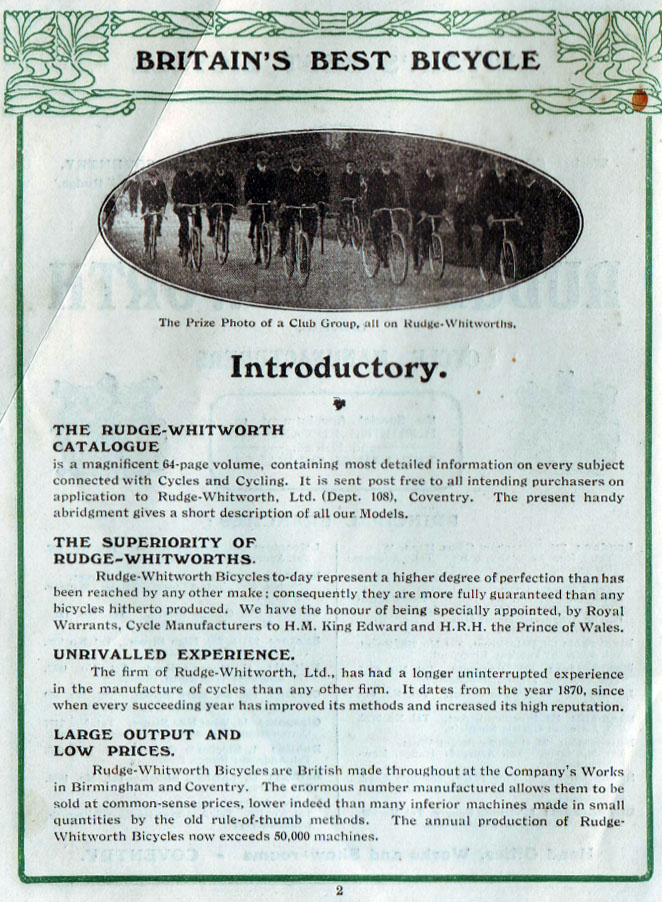
SPECIALLY APPOINTED TO H.M THE KING

PRINCE ALBERT, Duke of York— ‘Bertie’ to the family — was the second son of King George V. He attended the Royal Naval College, Osborne, as a naval cadet in 1909. The following year, with the death of Edward VII and his father becoming George V, he became second in line to the throne. In 1914 he began service in WW1, and was mentioned in dispatches for his action as a turret officer aboard Collingwood in the Battle of Jutland (May-June 1916), the largest naval engagement of the war). He transferred to the Royal Air Force upon its establishment in 1918 and was the first member of the royal family to be certified as a fully qualified pilot. He married Elizabeth in 1923, and became King George VI unexpectedly in 1936 as a result of his older brother Edward’s abdication. He died in 1952, and was succeeded by the current Queen Elizabeth in 1953.
PRINCE HENRY, born in 1900, was the third son of King George V, and his title was H.R.H Prince Henry of York. Unlike his brothers who joined the Royal Navy, Prince Henry joined the Army, attending the Royal Military College at Sandhurst in 1919. He later served with The King’s Royal Rifle Corps and the 10th Royal Hussars before retiring from the active list in 1937. He became H.R.H the Duke of Gloucester in 1928. With the outbreak of WW2, he joined the British Expeditionary Force as Chief Liaison Officer, and was slightly wounded when his staff car was attacked from the air. He became Governor-General of Australia in 1944, serving until 1947.


1921 Lady’s Rudge-Whitworth No. 7 Aero-Special
Celluloid Handlebars and Pedal Cranks
Original Dunlop Cord Tyres
Lycett Model L20 Ladies Saddle
24″ Frame
26 x 1 1/2″ Wheels
Frame No 816968
(Now sold)

The Aero Special Lady’s Featherweight was a revolutionary design when it was introduced in 1903. Lightweight frames were not new: advances in tube construction meant that frames became lighter each year through the 189os, reaching a peak just after the turn of the century. Light weight was particularly important, of course, for racing machines. But Rudge-Whitworth applied the technology to its lady’s bicycles, perfecting the technique with the introduction of the Aero-Special in 1903. It surprises people in the 21st century that a lady’s bicycle over a century old could be so light. As Rudge-Whitworth declared in their 1903 catalogue:
This superb machine is the highest achievement in High-grade cycle construction. Its extraordinary light weight has been attained by scientific calculation and research, and there has been no sacrifice of stability or elegance of design.
The Aero Special model continued from 1903 to 1922 with only minor changes: the celluloid chaincase was changed to a full metal chaincase after WW1; roller lever brakes became an option to inverted levers in 1906; and in 1912 the front mudguard gained a forward extension. Otherwise, the 1921 Lady’s Aero Special was the same as prewar, except for a price increase for the No 2 model from 9 guineas (1915) to £16 10/- (by 1924, reflecting the resumption of full production after WW1, the price of the Lady’s Aero Special had settled down to £9 17/- 6d). The Aero model name was still in use when the company was sold in 1934.

Only the Lady’s ‘No 2 Aero-Special’ is illustrated in the catalogue. Of course, a customer could stipulate any deviation they required from that specified in the catalogue description. Some companies charged extra for a ‘special order,’ but Rudge-Whitworth simply considered the variation to be a different model. As you can see from the original transfer on the headstock, Rudge-Whitworth designated it the ‘No 7 Aero-Special.’
Whereas the ‘No 2 Aero-Special’ had 28″ wheels and frame sizes of 20″ or 23″, the wheels on the ‘No 7 Aero-Special’ are 26″ and the frame size is 24″.
This machine was obviously well cared-for throughout its life, because the original box lining is intact over the entire bicycle, its transfers are in good condition, and the Rudge Whitworth head badge still has red paint on its Hand. It’s fitted with a three-coil Lycett saddle. The pedals are particularly attractive. This Rudge-Whitworth is totally original, even down to original Dunlop Cord tyres (the best in their day), which are still usable; though if the machine is to be ridden regularly, I would suggest replacing them with modern (old style) tyres.
Everything is in good order and the Aero-Special is ready to ride.




1922 RUDGE-WHITWORTH CATALOGUE





















RUDGE WHITWORTH LUBRICATORS

FRONT HUB

BOTTOM BRACKET


REAR HUB























1921 RUDGE-WHITWORTH CATALOGUE EXTRACTS
































































